360 MAGAZINE’s Vaughn Lowery establishes why the Four Seasons Downtown is New York City’s new age destination with state-of-the-art amenities.


360 MAGAZINE’s Vaughn Lowery establishes why the Four Seasons Downtown is New York City’s new age destination with state-of-the-art amenities.

Did you know that Pennsylvania casinos brought in a record-breaking amount of revenue in 2021? The Pennsylvania Gaming Control Board released the figures earlier this week, and they show that when it comes to making legal bets, online gambling was the big winner. The total take for the state’s casinos was $35.19 million, up from […]
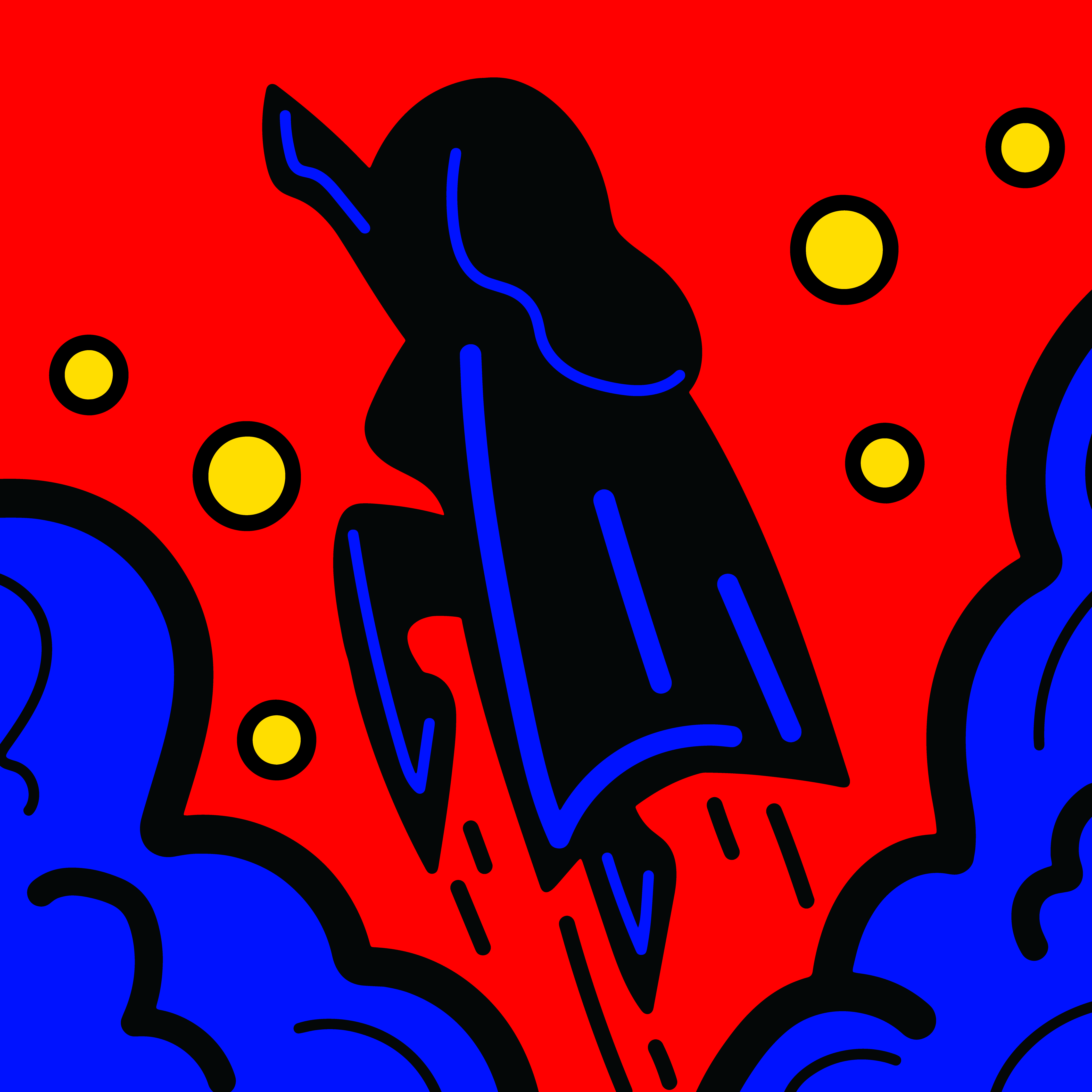
By: Rodney Ramlochan × Elle Grant × Vaughn Lowery New York City’s Comic Con is a key annual fan event dedicated to Western comics, graphic novels, anime, manga, video games, movies, television and more. First held in 2006, this classic event was canceled last year due to the Covid-19 pandemic, devastating fans who look forward […]

The video game console scene these days is quite settled, boring even. Sony and Microsoft have a stranglehold on the market, with the PlayStation enjoying a healthy lead on the Xbox. And then you have Nintendo doing their own thing with the Switch on the handheld segment, despite the rise of mobile gaming. All this […]
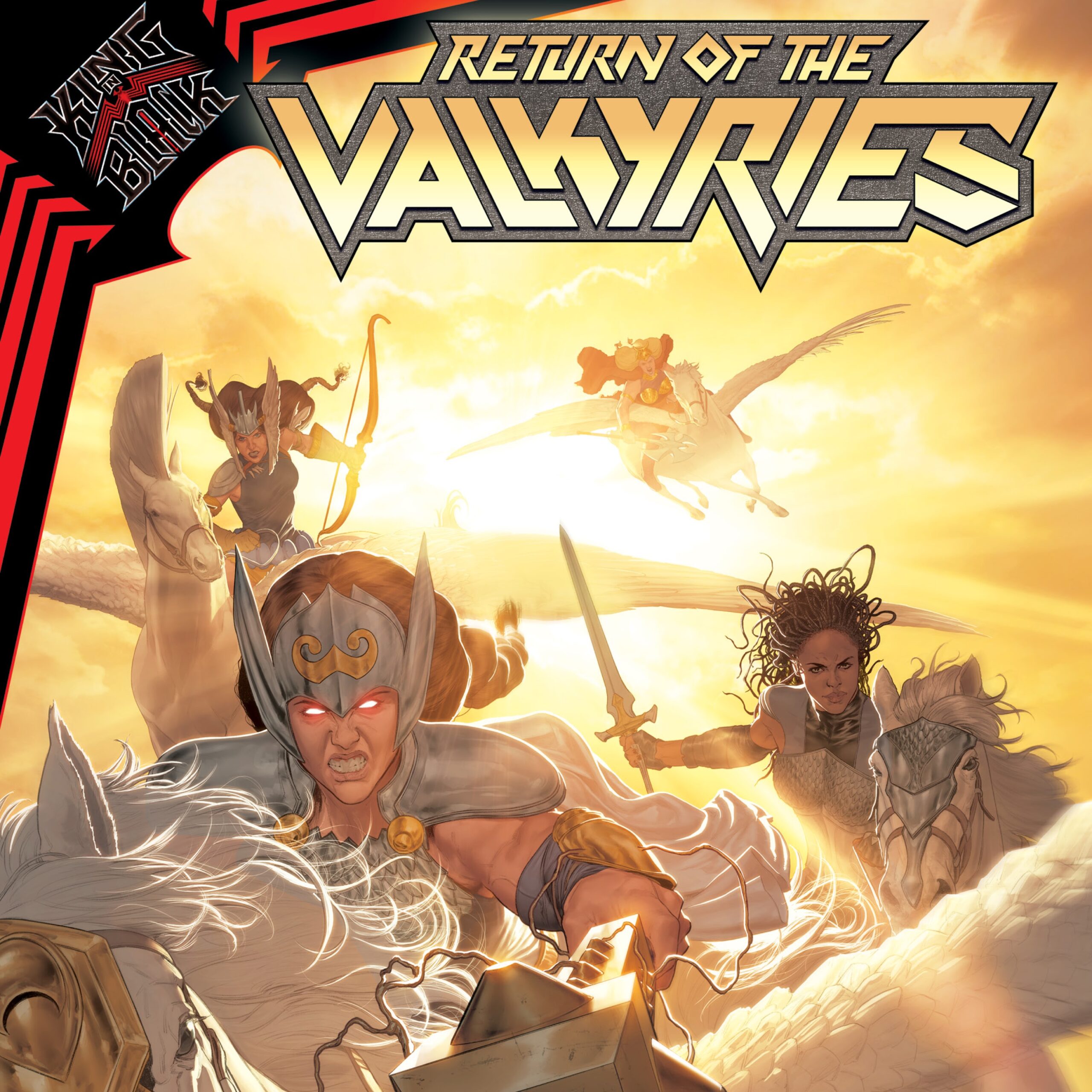
Jan. 2021 is hitting hard with the return of the Marvel Universe’s finest warriors, the Valkyries, in the brand new King in Black: Return of the Valkyries. The story is written by Jason Aaron and Torunn Grønbekk with Nina Vakueva providing the art. The stars of the series will be Jane Foster, Dani Moonstar and […]

Vitalik Buterin, the 26-year-old Russian-Canadian and inventor of Ethereum, has amassed both wealth and fame as one of the most influential figures in the world of cryptocurrency. A blockchain is a series of transactions that is based off of the other. A record of cryptocurrency transactions takes form, made up of code. This allows for […]
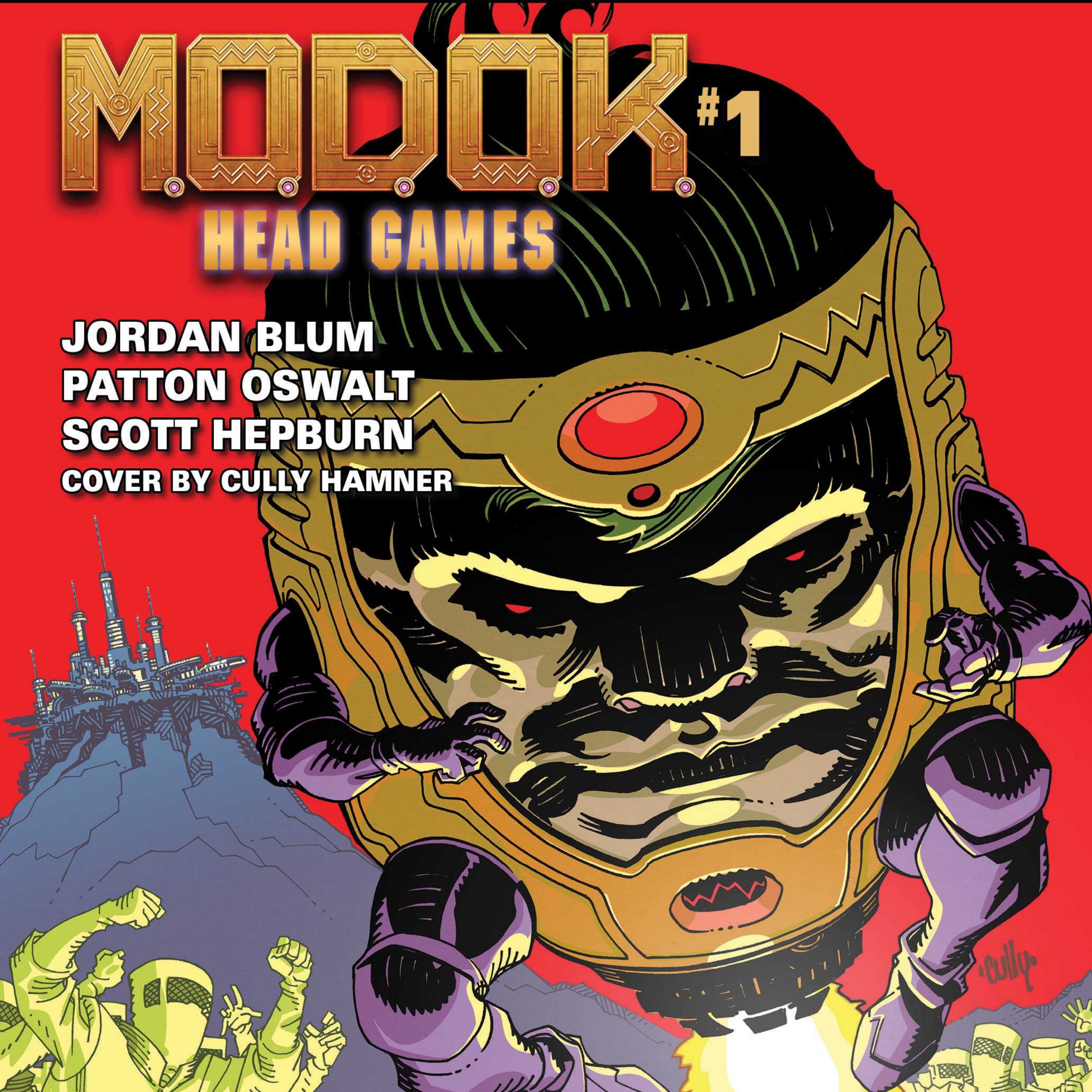
Showrunners for the upcoming Hulu series about the popular Marvel villain M.O.D.O.K. will also spearhead a brand new comic series with the character as the lead. M.O.D.O.K. HEAD GAMES comes from Patton Oswalt and Jordan Blum, who will showcase the leader of the terroristic organization AIM. M.O.D.O.K. will be outsmarting the rest of the Marvel […]
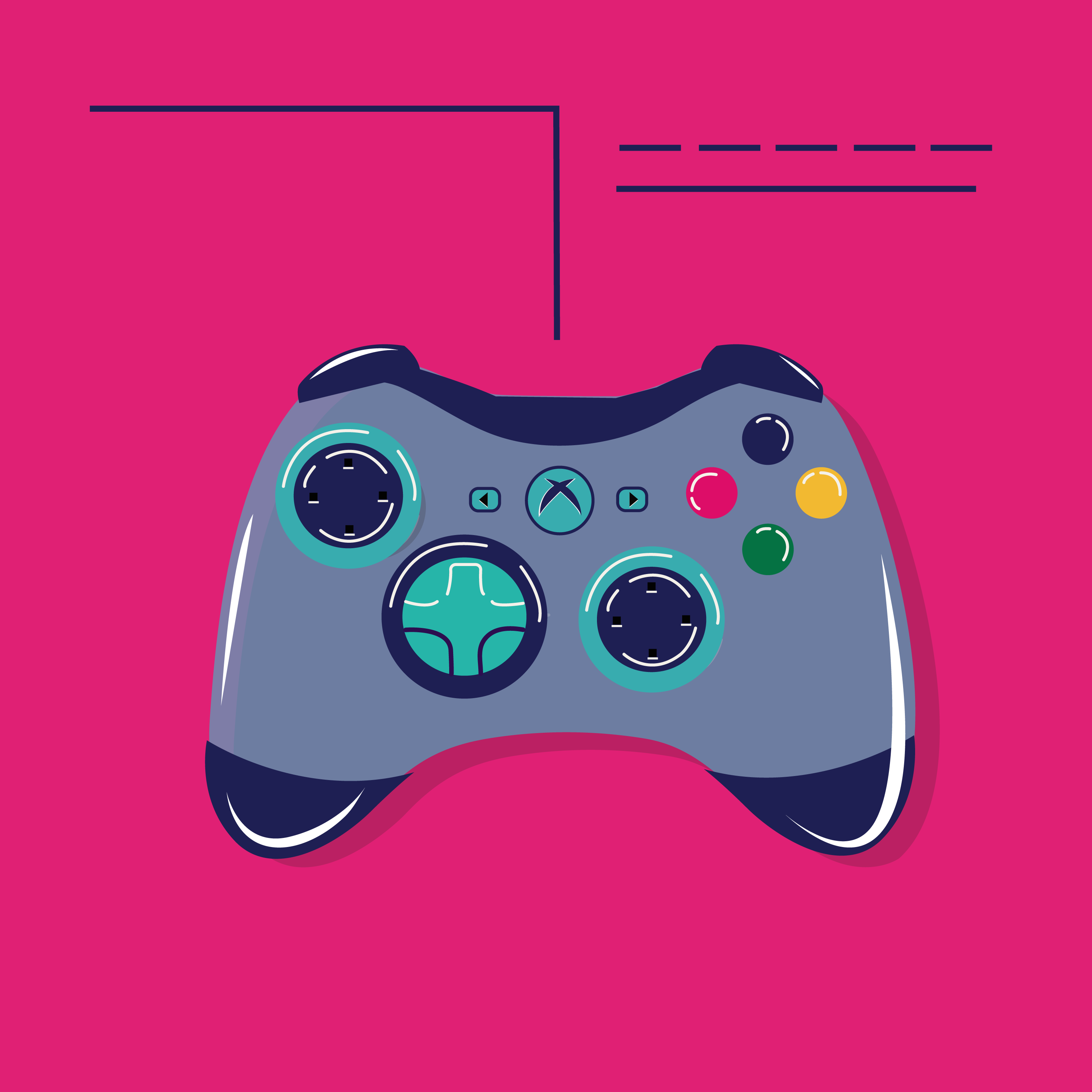
A couple of decades ago, when video games burst into the mainstream audience for good, everyone could have guessed that gaming would soon become an important part of the entertainment industry. But what no one could have predicted is just how popular it would become not to play video games yourself, but to watch other […]
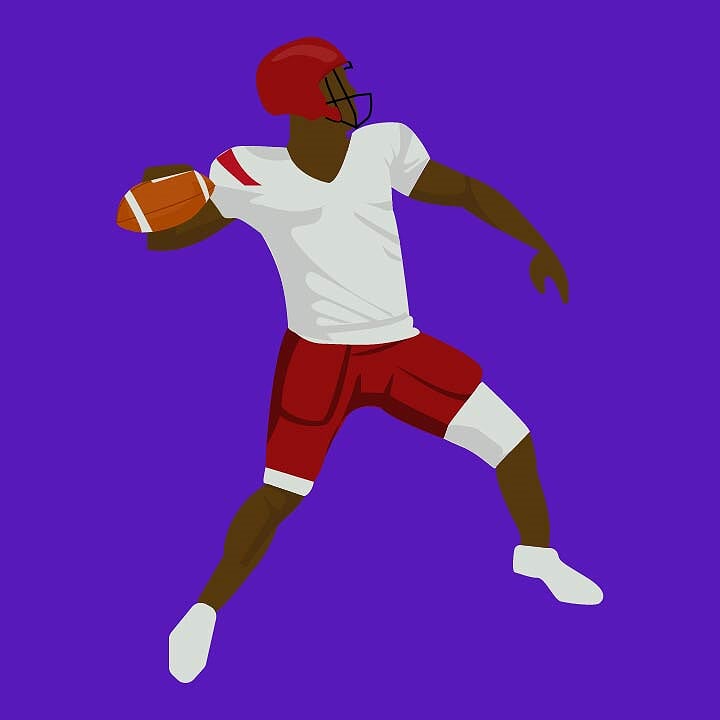
by Justin Lyons Colin Kaepernick is officially back in Madden. For the first time since 2017, football fans and Colin Kaepernick fans will have the chance to use the ex-49ers quarterback in the signature football game from EA SPORTS. The announcement came from EA SPORTS themselves, saying, “Colin Kaepernick is one of the top free […]

“The Mandalorian” and Baby Yoda are on their way back to our homes. The official Twitter account for the show announced Wednesday that the second season would premiere on Disney+ Oct. 30. After premiering its first season in 2019, “The Mandalorian” became the most popular show to stream in the world. It stole the hearts […]